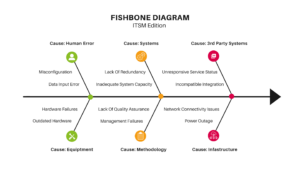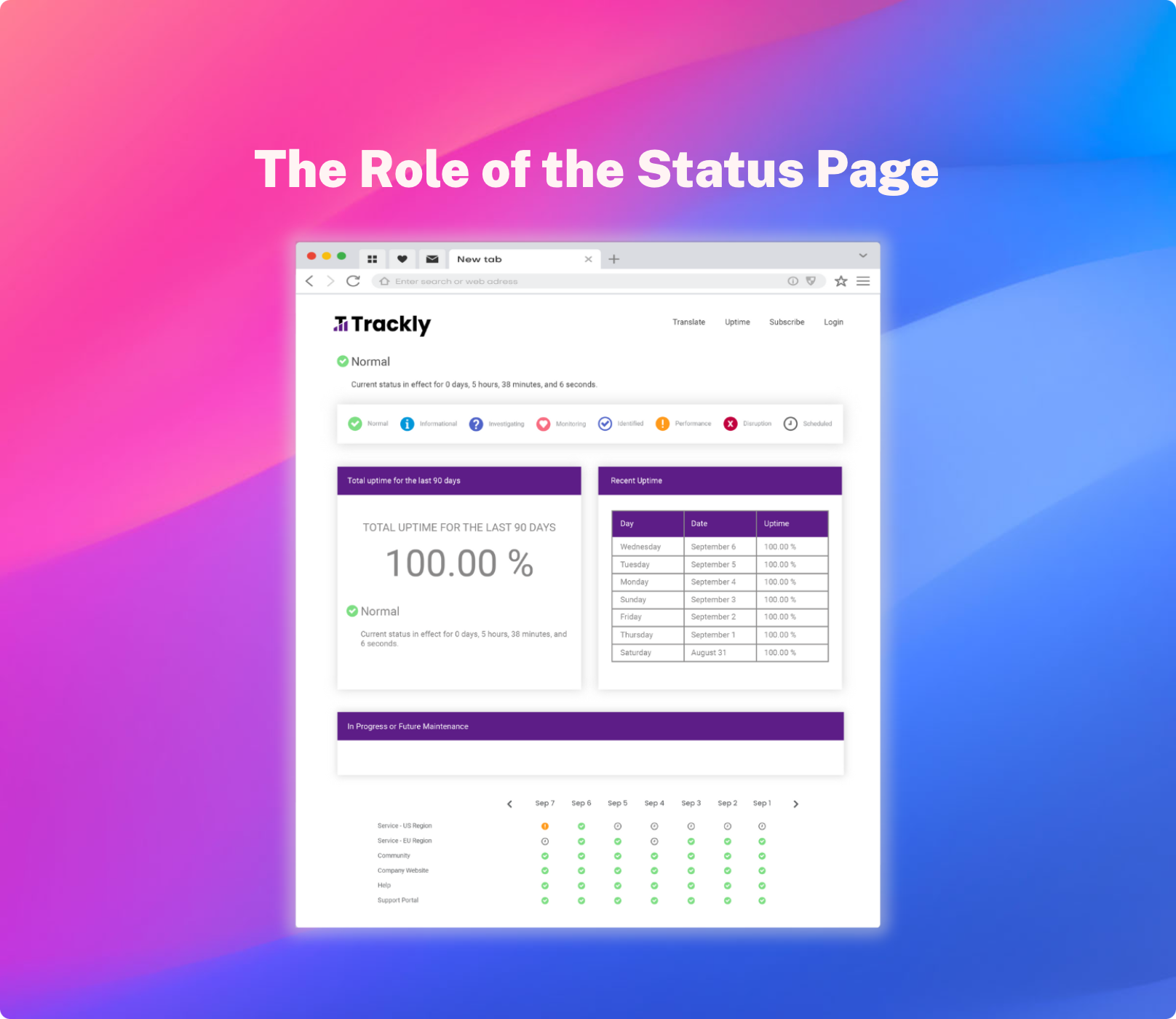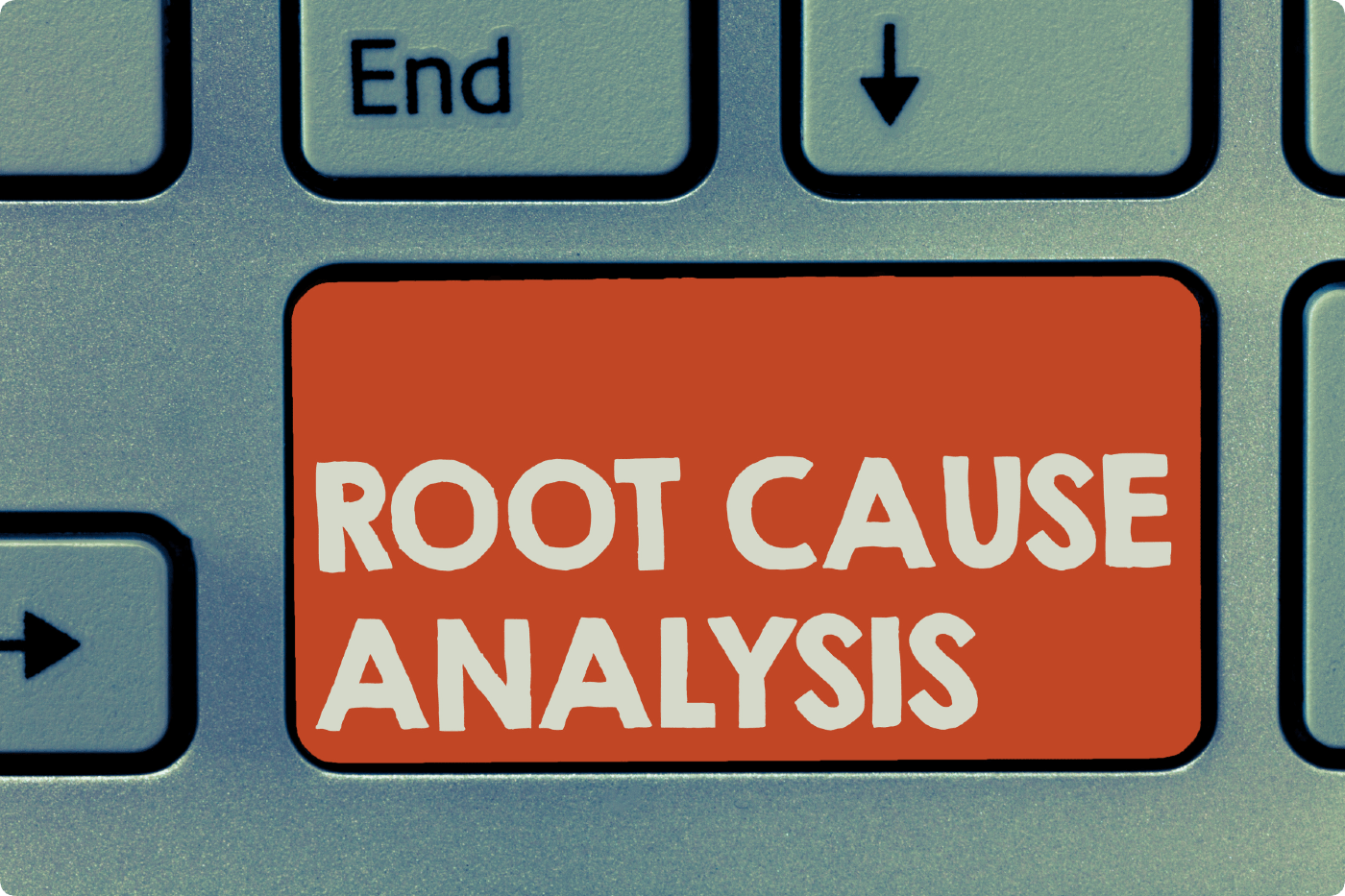When handling and managing IT incidents, it's not just about putting out fires but also digging deeper to prevent those fires from happening again. So, it's time to learn how to perform a safe root cause analysis and analyze the incident retrospectives in order to stop them on time.
Let's get to know the RCA (Root Cause Analysis) better and see how this systematic process helps with uncovering the hidden culprits behind the IT issues.
Unraveling the Roots: What is Root Cause Analysis?
RCA or Root Cause Analysis is a systematic process designed to uncover the fundamental, underlying issues that lead to IT incidents. These 'root causes' are often masked by surface-level symptoms, making them challenging to identify without a systematic approach. The IT Root Cause Analysis drills past the initial problems to discover deeper, hidden issues and manage the incidents successfully.
The Need for Root Cause Analysis
Are you finding your team overwhelmed by the same issues despite the repeated attempts to implement workarounds? Does the team waste valuable time on recurring meetings to discuss the same problem over and over again? If the answer to these questions is 'yes,' then probably you're spending more time and effort than you need to. Or, to put it simply, Root Cause Analysis is about making your team work smarter, not harder.
Agile methodologies are centered around the idea of continuous improvement. If your team is conducting regular retrospectives on issues and creating action items that lead to improvement, that's fantastic. But if you're sitting in meeting after meeting, week after week, thinking, "we're still battling the same problem we've been dealing with forever," you may be treating symptoms rather than addressing the real issues. This common pitfall can result in wasted time, energy, and money. By facilitating the identification of real causes, RCA paves the way for solving problems permanently, instead of repeatedly running into the same roadblocks.
The Significance of Root Cause Analysis
Root cause analysis is indispensable in effective incident management by ensuring the resilience of technology-dependent services and operations. What if a critical business application went down unexpectedly because of a failure from a cloud provider your service relies on? Instead of merely reacting to the incident by switching to a backup service or hastily patching the problem, an RCA allows your team to delve into the specifics of the incident and identify the fundamental issues that led to the failure.
Upon investigation, you might find out what the root cause is. It can be a poorly configured system in the cloud service or maybe a capacity issue, where the service could not scale effectively to handle a sudden surge in user requests. And if everything you do is putting out the fire and switching to a backup without a proper root cause analysis retrospective, you risk having the same incident over and over again - with even higher costs to resolve it.
Conducting a systemic root cause analysis also improves the culture of continuous improvement. Each incident becomes an opportunity to learn and improve, creating a proactive stance toward incident management. Over time, this learning and adaptation can lead to more robust systems, improved response times, and, ultimately, better service to customers.
Root Cause Analysis: A Comprehensive Process
Root Cause Analysis is not a quick-fix solution but a comprehensive process. By running a Root Cause Analysis, you're breaking down a large issue into smaller, more manageable causes. You're digging into each layer of the problem, making it more approachable and easier to tackle. No more getting stuck in a loop of unproductive thoughts or spinning your wheels over things that are out of your control.
Completing a RCA while also running a root cause analysis process mapping ensures your team focuses on the aspects they can change, transforming the frustration into a sense of accomplishment.
Methods, Tools, and Techniques
To streamline the RCA process, various methods and tools are available, from the Fishbone Diagram and the Five Whys to advanced analytics. RCA analytics leverage machine learning and data to identify patterns and trends, helping teams understand the problem at hand and devise more effective solutions. Various root cause analysis techniques are employed, ranging from cause-effect diagrams to process mapping and Fault Tree Analysis. The choice of technique depends on the nature of the problem and the available data, but each plays an essential role in revealing the root causes of incidents.
Root Cause Analysis: Applied
Root Cause Analysis, as a methodology, has been articulated and applied in different ways. One useful framework for RCA is the “Fishbone Diagram”, which aids in brainstorming potential causes of a problem and categorizing these causes effectively. The problem, illustrated at the fish's head, has potential causes linked along the smaller 'bones.'

In a Fishbone Diagram, major categories of causes are agreed upon and listed as branches from the main arrow. Each cause is then branched from the appropriate category on the diagram. "Why does this happen?" is asked for each cause, with sub-causes branching off the main ones. This process continues until root causes are identified.
The "Five Whys" is a simple approach to root cause analysis, often used in conjunction with the Fishbone Diagram, that involves asking the question "why?" successively until you reach the underlying cause of a problem. By repeatedly asking "why?" in response to each answer, you can peel back the layers of symptoms which can often obscure the true root cause. This systematic approach ensures that analysis goes beyond surface-level understanding, paving the way for more effective and long-lasting solutions.
Together with the "Five Whys", the Fishbone Diagram keeps teams focused on causes rather than symptoms. This helps teams to see the bigger picture, identify root causes, and devise effective solutions. The Fishbone Diagram is invaluable in its ability to facilitate a deeper understanding of an issue and encourages teams to explore beyond the initial incident report. By using the Fishbone Diagram, teams can identify and address the true issues at hand, preventing similar problems in the future.
Scaled Agile Retrospectives
SAFe Root Cause Analysis, a key component of the Scaled Agile Framework (SAFe), promotes a systems first approach towards incident retrospectives. By encouraging a collaborative culture, teams learn from past incidents and improve their practices continually. Root cause analysis exercises are a practical and valuable aspect of the scaled agile retrospective, serving as a low-stakes environment for teams to hone their problem-solving skills, prepare for real-world incidents, and build confidence in their abilities.
StatusCast RCAs
Root Cause Analysis should be front and center in any comprehensive incident management strategy, and StatusCast has built out automation and advanced functionality around RCAs to do just that. StatusCast provides versatile RCA templates and enables extensive reporting on previous RCAs that isn’t found in any other incident management solutions. The value of early identification of recurring problems cannot be overstated, as it empowers your organization to learn and evolve from previous incidents. StatusCast provides an opportunity to work proactively, assisting your team in eliminating issues that repeatedly affect your business before they cause real harm.






